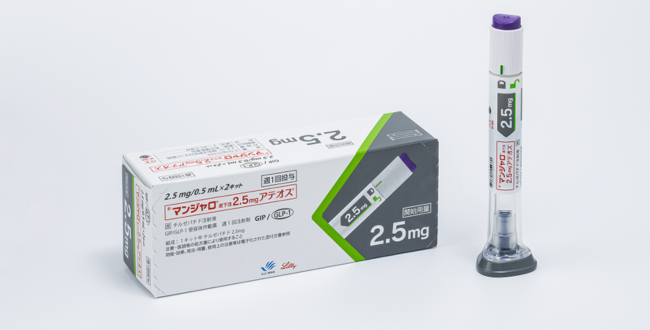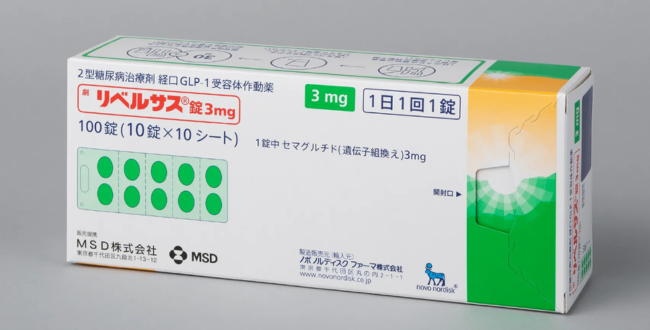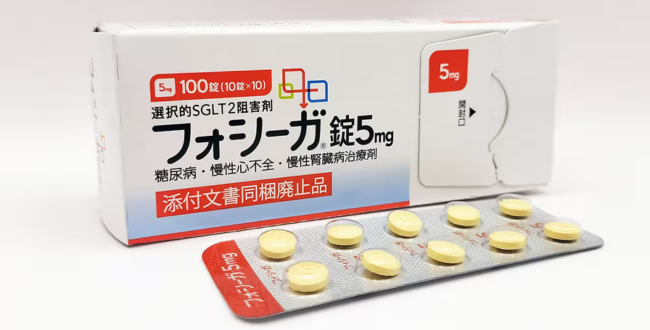The greatest advantage of medical dieting is that it can support weight loss that is less likely to rebound. In conventional diets, when a diet is restricted, the basal metabolism is lowered and the body is prone to rebound. However, the Medical Diet helps to suppress appetite and promote energy expenditure while adjusting the body's hormonal balance, making it easier to continue and reducing the risk of rebounding.
In addition, obesity is not only a problem of appearance, but is also deeply related to lifestyle-related diseases such as diabetes, hypertension, dyslipidemia, and heart disease, so proper weight control helps maintain good health. Medical dieting is attracting attention as a dieting method that can contribute to health improvement, not just weight loss for cosmetic purposes.
Manjaro.

Manjaro is a GLP-1 receptor agonist for subcutaneous injection. GLP-1 (glucagon-like peptide-1) is a hormone secreted after food ingestion that promotes insulin secretion and suppresses appetite.
Manjaro mimics this GLP-1 action and promotes blood glucose control and weight loss. It is particularly effective for weight loss compared to other GLP-1 preparations. It is also characterized by its simplicity of operation and ease of use.
libellus

LIVERSAZ is the world's first oral GLP-1 receptor agonist for oral use. It suppresses appetite and supports weight loss through the action of GLP-1. When taken, one tablet should be taken before the first meal or drink of the day with an empty stomach and about half a glass of water (no more than about 120 mL), followed by 30 minutes of avoidance of food, drink, and other oral medications.
foosiga

Fosiga is a drug called an SGLT2 inhibitor and is used orally. SGLT2 inhibitors reduce blood glucose levels and support weight loss by inhibiting the reabsorption of sugar by the kidneys and promoting the elimination of sugar in the urine.
Fosiga itself does not suppress appetite, but it does not absorb the sugar in the blood that would otherwise be absorbed by the body, but instead causes it to be discharged as it is in the urine. When taken internally, the volume of urine increases by approximately 400 ml, which contains approximately 300 kcal of sugar. In other words, about 1 cup of rice contains about 300 kcal of carbohydrate, which is discharged as pee. In addition to weight loss, it also has the effect of lowering blood pressure and lipids.








